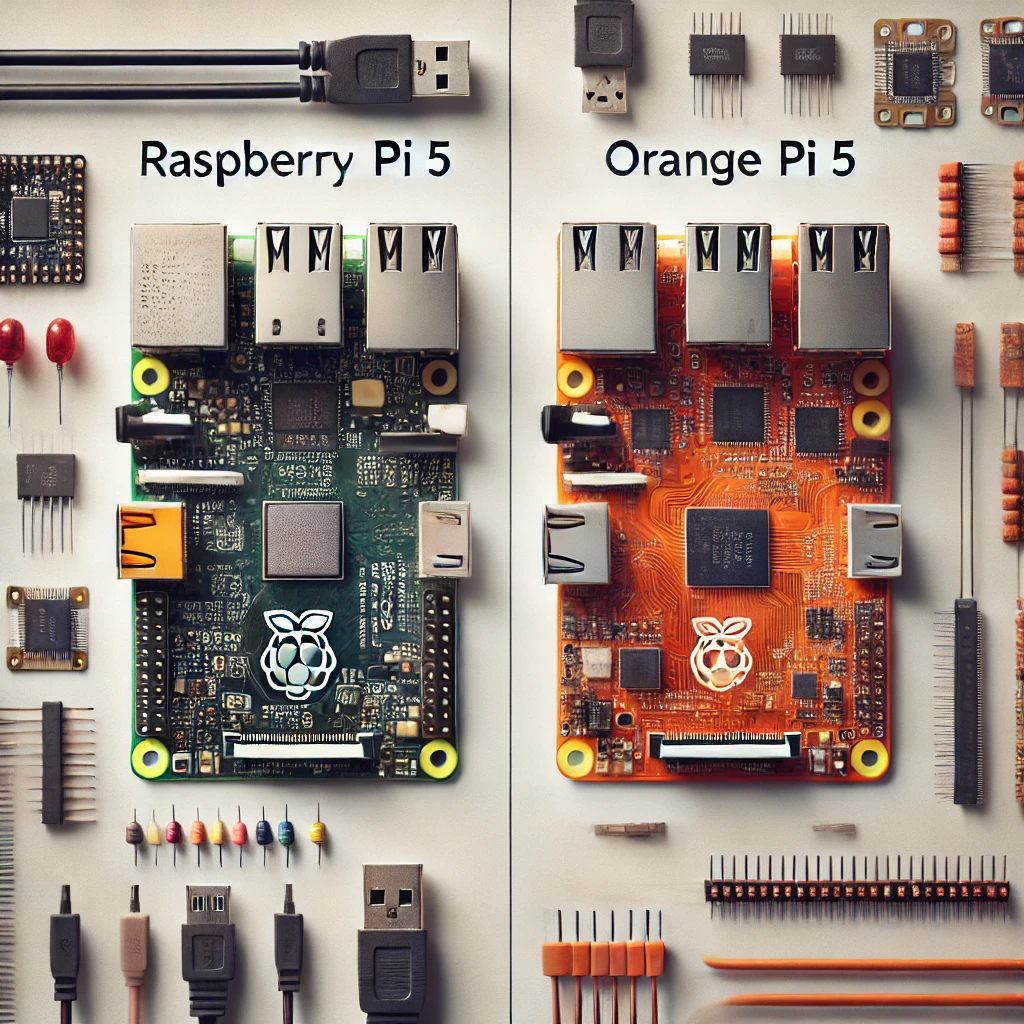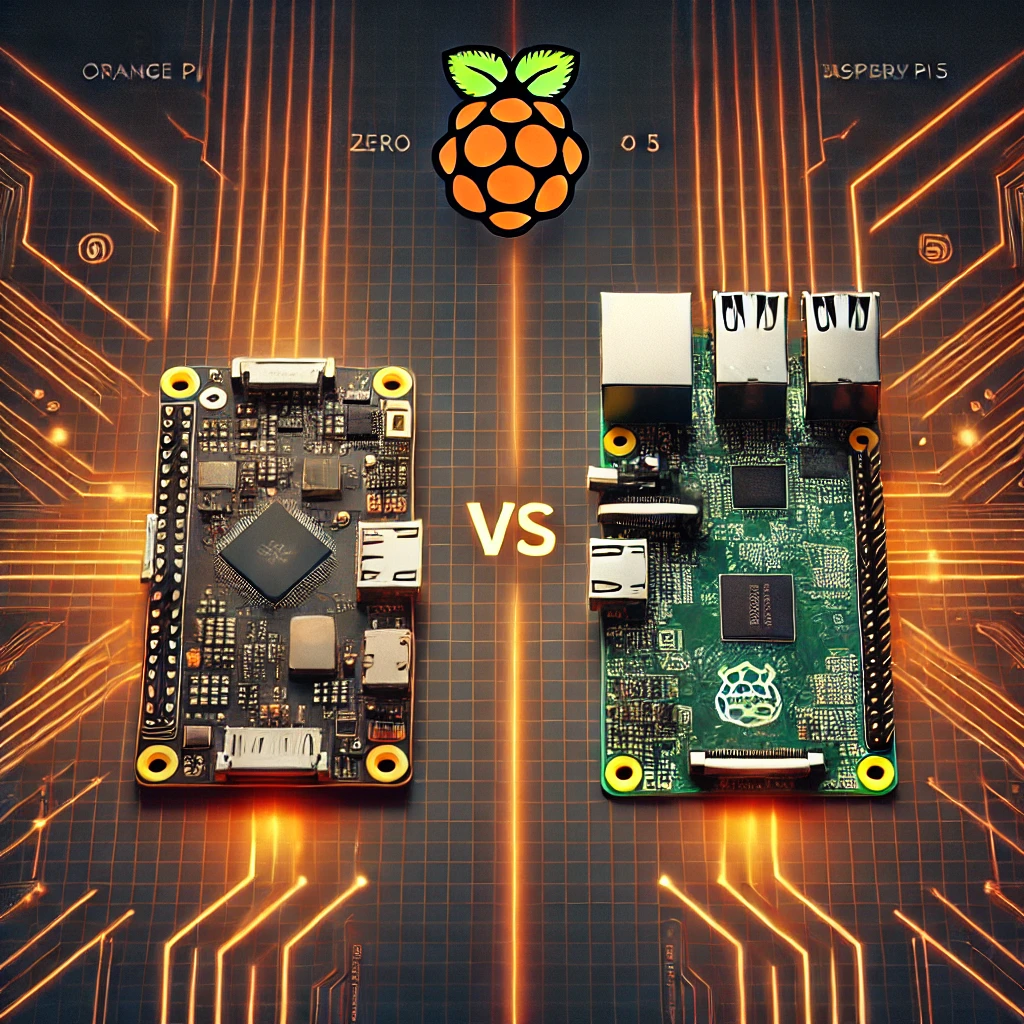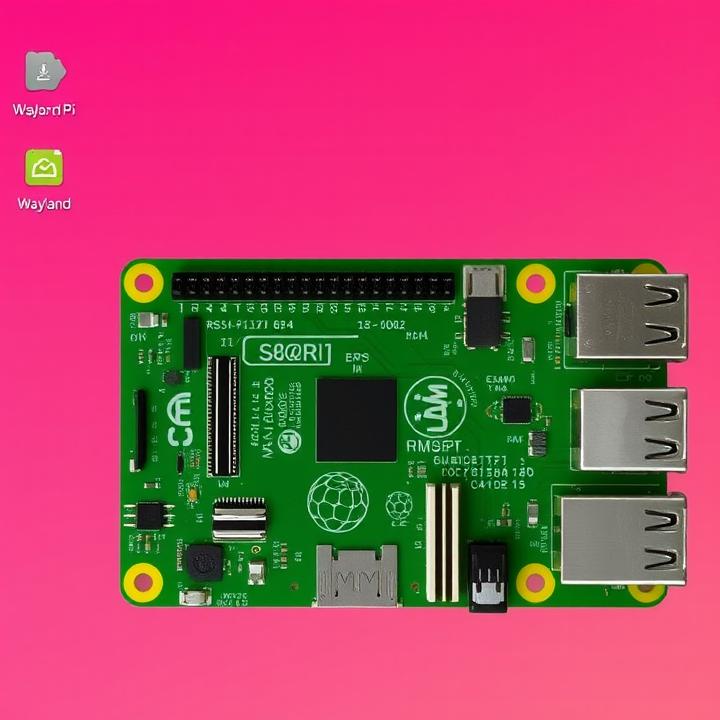When it comes to single-board computers (SBCs), the Raspberry Pi 5 and Orange Pi 5 are two of the most talked-about options on the market. Both offer powerful hardware and flexible applications, making them ideal for makers, developers, and hobbyists alike. But which one should you choose for your next project? In this comparison, we’ll dive into the performance, specs, use cases, and overall value of both SBCs to help you make an informed decision.
Key Features Overview
| Feature | Raspberry Pi 5 | Orange Pi 5 |
|---|---|---|
| CPU | Quad-core ARM Cortex-A76 | Quad-core ARM Cortex-A55 |
| GPU | Broadcom VideoCore VI | Mali-G510 |
| RAM Options | 4GB, 8GB, 16GB | 4GB, 8GB, 16GB |
| Storage | microSD, PCIe NVMe support | eMMC, microSD, M.2 NVMe support |
| Networking | Gigabit Ethernet, Wi-Fi 6 | Gigabit Ethernet, Wi-Fi 6 |
| Ports | 2 x USB 3.0, 2 x USB 2.0, HDMI | 2 x USB 3.0, 2 x USB 2.0, HDMI |
| Operating System | Raspberry Pi OS, Ubuntu, others | Android, Linux (Ubuntu/Debian) |
| Price | Starting at $60 | Starting at $50 |
Performance
In terms of raw power, the Raspberry Pi 5 edges out the Orange Pi 5 with its ARM Cortex-A76 CPU, which delivers superior performance in computing-intensive tasks. This makes the Raspberry Pi 5 a better option for more demanding applications such as AI workloads or media streaming. The Orange Pi 5, on the other hand, provides decent performance with its Cortex-A55 processor, making it well-suited for lighter tasks like IoT projects, home automation, and basic coding applications.
Transition words like “on the other hand” and “in comparison” can help highlight key differences between these two SBCs.
Graphics and Multimedia Capabilities
For those interested in graphics performance, both SBCs offer strong multimedia capabilities, though the Raspberry Pi 5 shines with its Broadcom VideoCore VI GPU, which supports 4K video at 60fps. The Orange Pi 5, with its Mali-G510 GPU, also supports 4K video, but tends to be less powerful when it comes to gaming or heavy graphic processing tasks. If you’re working on a project that involves video streaming or gaming, Raspberry Pi 5 is the better choice.
Storage and Expansion
Both boards provide flexible storage options, supporting microSD cards and NVMe SSDs. However, the Orange Pi 5 goes a step further with native support for eMMC storage in addition to M.2 NVMe drives, making it a more versatile option for storage-heavy applications. This feature allows for faster boot times and data transfer speeds, making it a top pick for projects that require robust storage solutions.
Connectivity and Ports
Connectivity is crucial for many makers, and both SBCs deliver in this regard. Both the Raspberry Pi 5 and Orange Pi 5 come with Gigabit Ethernet, Wi-Fi 6, and Bluetooth 5.0, ensuring fast and reliable networking capabilities. Both boards are also equipped with multiple USB 3.0 and USB 2.0 ports, making it easy to connect peripherals like keyboards, mice, and external drives.
The Raspberry Pi 5 has a slight edge with its dedicated HDMI port for dual-display setups, allowing users to easily configure multi-monitor systems.
Operating Systems and Software Support
The Raspberry Pi 5 runs on the well-established Raspberry Pi OS, with support for Ubuntu, Kali Linux, and other Linux distributions. It’s backed by a massive community, making it easy to find support, tutorials, and software tools.
The Orange Pi 5, meanwhile, supports Android and Linux distributions like Ubuntu and Debian, offering flexibility for both developers and hobbyists. However, its software ecosystem is slightly less mature, with fewer tutorials and community resources available online.
Price and Value for Money
One of the biggest factors for makers and developers is price. The Orange Pi 5 comes in slightly cheaper, starting at around $50, while the Raspberry Pi 5 starts at $60. While the Raspberry Pi 5 offers better overall performance, the Orange Pi 5’s lower price point makes it a great choice for those on a tighter budget or those looking to prototype cost-effectively.
Which Board Should You Choose?
The decision between the Raspberry Pi 5 and Orange Pi 5 ultimately comes down to your specific needs. If you require higher processing power for tasks like AI development, video editing, or gaming, the Raspberry Pi 5 is your go-to option. However, if you’re focused on budget-friendly or lightweight projects like IoT applications or home automation, the Orange Pi 5 offers excellent value at a lower price point.
Visit our other website: aibrainpowered.com






